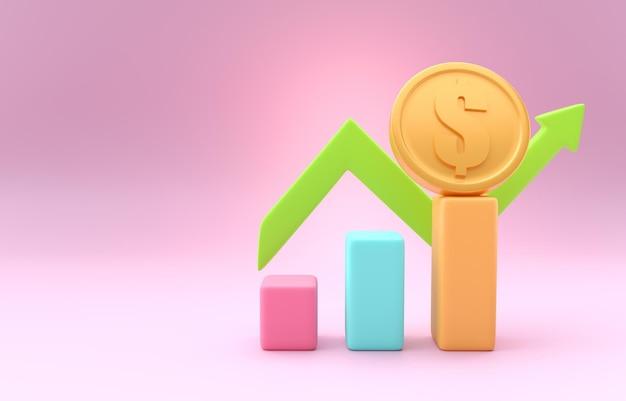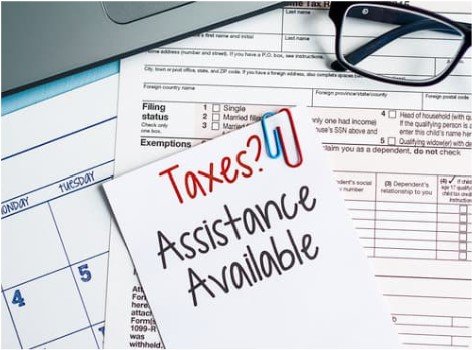Chapter 13 Bankruptcy: A Path to Debt Reorganization and Financial Recovery

Introduction
Chapter 13 bankruptcy, often referred to as “wage earner’s bankruptcy,” is a legal process designed to provide individuals with a structured plan for repaying their debts over a period of time. Unlike Chapter 7 bankruptcy, which involves liquidating assets to pay off debts, Chapter 13 allows individuals to reorganize their debts and create a manageable repayment plan. This article explores the key features of Chapter 13 bankruptcy, its eligibility requirements, the steps involved, and its potential advantages and disadvantages.
Understanding Chapter 13 Bankruptcy
Chapter 13 bankruptcy is a form of bankruptcy designed for individuals with a regular income who want to repay their debts but need a structured plan to do so. It allows individuals to consolidate and reorganize their debts into a manageable repayment plan that typically spans three to five years. This plan, approved by the bankruptcy court, enables the debtor to make affordable monthly payments to a trustee, who then distributes the funds to creditors.
Eligibility for Chapter 13 Bankruptcy
To file for Chapter 13 bankruptcy, individuals must meet certain eligibility requirements:
- Regular Income: Chapter 13 is designed for individuals with a regular source of income. This income may come from wages, self-employment, rental income, or other sources.
- Debt Limitations: There are debt limitations for Chapter 13 eligibility. As of the article’s knowledge cutoff date in September 2021, an individual’s unsecured debt must be less than $419,275, and secured debt must be less than $1,257,850. These limits are subject to adjustment based on changes in the consumer price index.
- Previous Bankruptcies: There are limitations on how frequently a person can file for Chapter 13 bankruptcy. An individual cannot receive a discharge if they filed for Chapter 13 within the previous two years or for Chapter 7 within the previous four years.
Steps Involved in Chapter 13 Bankruptcy
- Filing a Petition: The process begins by filing a Chapter 13 bankruptcy petition with the local bankruptcy court. The petition includes financial information, a proposed repayment plan, income and expenses, and a statement of the debtor’s financial affairs.
- Automatic Stay: Just like in Chapter 7, upon filing, an automatic stay goes into effect, halting all collection actions by creditors, including lawsuits, garnishments, and foreclosure proceedings.
- Repayment Plan: The debtor proposes a repayment plan that details how they intend to repay their debts over a period of three to five years. The plan is submitted to the court for approval.
- Trustee Oversight: A court-appointed trustee reviews the repayment plan and ensures that it meets legal requirements and fairly distributes payments to creditors.
- Confirmation Hearing: A confirmation hearing is held to review and approve the repayment plan. If the plan is approved, the debtor begins making monthly payments to the trustee.
- Completion of Payments: Over the course of the repayment plan, the debtor makes regular payments to the trustee, who then distributes the funds to creditors.
- Debt Discharge: Upon successful completion of the repayment plan, any remaining qualifying debts are discharged, providing the debtor with financial relief.
Advantages and Disadvantages of Chapter 13 Bankruptcy
Advantages of Chapter 13 Bankruptcy:
- Debt Reorganization: Chapter 13 allows individuals to consolidate and reorganize their debts into an affordable repayment plan.
- Asset Protection: Chapter 13 can help individuals protect assets that might be at risk in a Chapter 7 liquidation.
- Co-signer Protection: Co-signers on certain debts are protected from creditor collection efforts during the repayment plan.
- Debt Discharge: Upon successful completion of the repayment plan, any remaining qualifying debts are discharged.
Disadvantages of Chapter 13 Bankruptcy:
- Longer Duration: Chapter 13 typically involves a longer duration than Chapter 7 bankruptcy, with repayment plans spanning three to five years.
- Monthly Payments: Debtors must commit to making regular monthly payments as outlined in the repayment plan.
- Credit Impact: Chapter 13 bankruptcy remains on the individual’s credit report for up to seven years, Wlinformation affecting their ability to secure loans or credit in the future.
- Restrictions on Credit: Debtors may face restrictions on obtaining new credit while in a Chapter 13 repayment plan.
Conclusion
Chapter 13 bankruptcy offers individuals with regular income a structured path to reorganize and repay their debts over a specified period, providing a way to regain financial stability. However, it’s essential to understand the eligibility criteria, the steps involved, and the potential advantages and disadvantages before proceeding. Consulting with a bankruptcy attorney is often advisable to navigate the complexities of Chapter 13 bankruptcy and make informed decisions about the best course of action for one’s financial situation.





